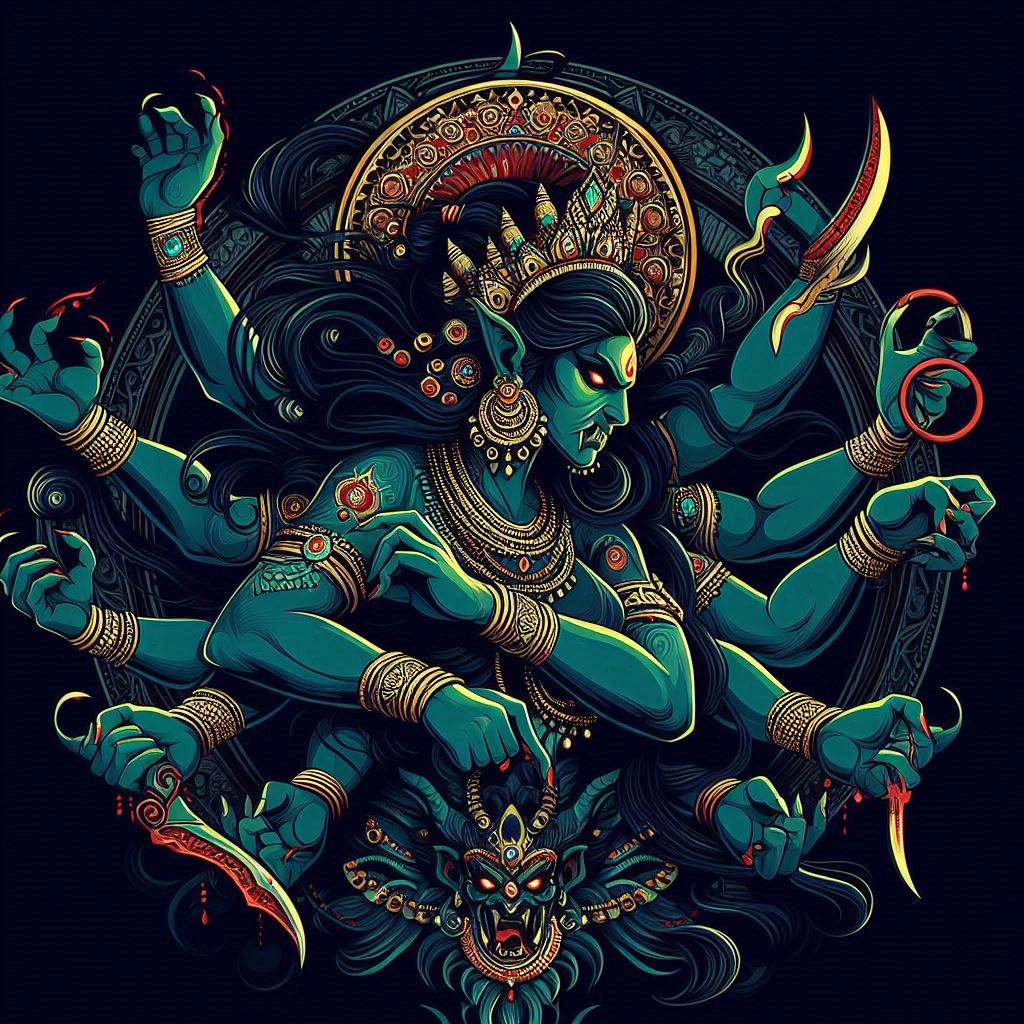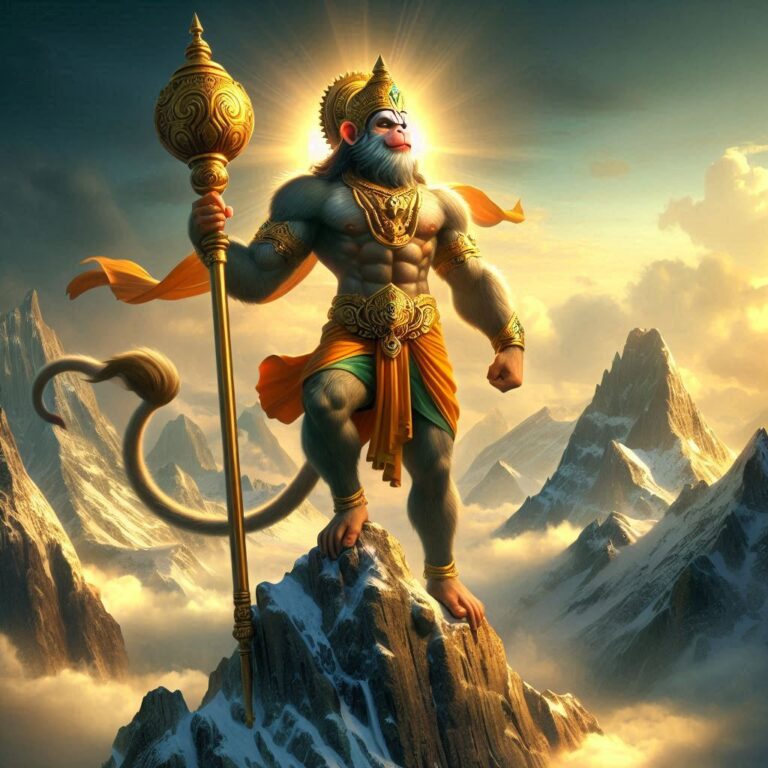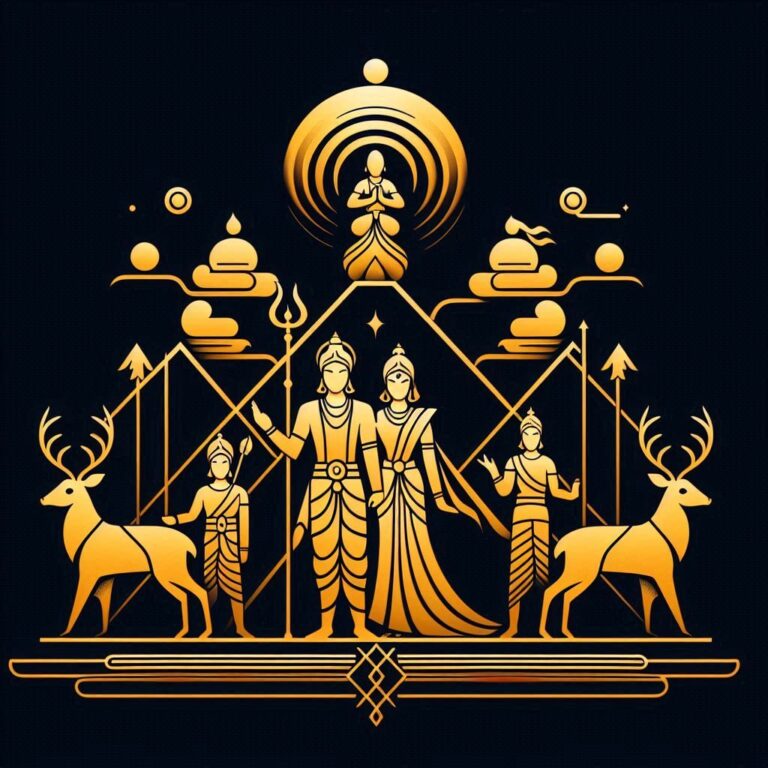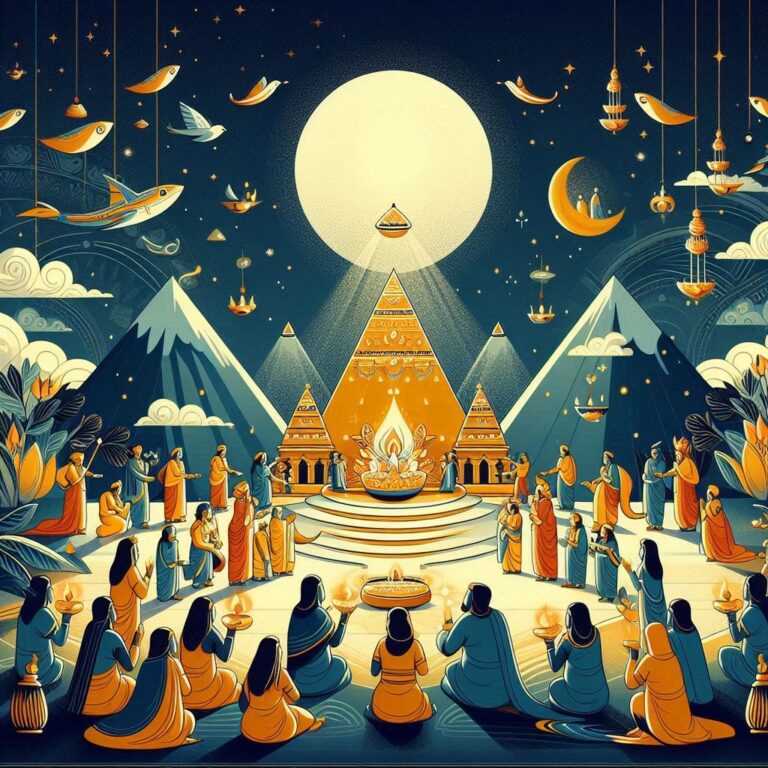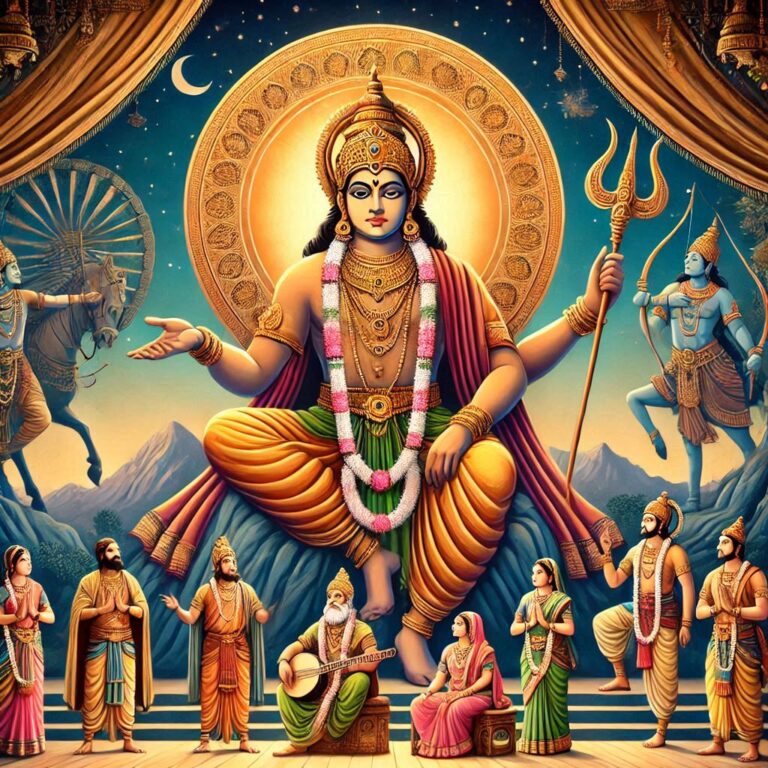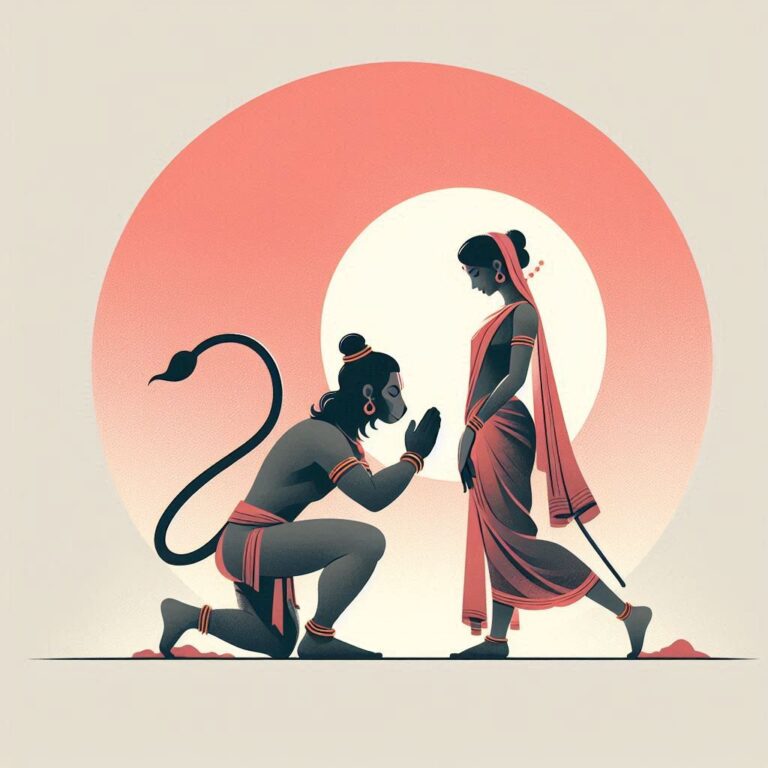Rama’s Courageous Battle Against Tataka in Ramayana
The Killing of Tataka: Rama’s Bold Encounter in the Ramayana
When we think about epic tales in Hindu mythology, the Ramayana undoubtedly stands out. It’s not just a story; it’s a vibrant tapestry of morality, virtue, and the intriguing conflicts between good and evil. One of the first incredible encounters Rama has is with Tataka, a formidable demoness. This confrontation sets the tone for Rama’s virtuous journey and teaches valuable lessons. So, grab your cup of coffee, and let’s dive deep into this captivating tale!
Who is Tataka?
Tataka is no ordinary antagonist. In the Ramayana, she represents chaos and disruption, a threat to peace in the forest of Panchavati. Described as a powerful Rakshasi (demoness), her fierce nature and magical prowess made her a terror among the sages residing in the woods. Imagine a whirlpool in calm waters; that’s Tataka, threatening to pull everything into her maelstrom of evil.
शक्तिशाली राक्षसी
Shaktishaalee Rakshasi
Powerful Demoness
Tataka is driven by her own desires and wrath—characteristics that symbolize the deeper settlements of temptation and dark desires in human nature. She’s often depicted as fierce and relentless, embodying everything that contradicts Dharma (righteousness).
The Setting of the Encounter
Before we delve deeper into the encounter, let’s understand the scenario. The Ramayana is set against the backdrop of ancient India, where forests were not just wilderness but sacred spaces for sages practicing austerities. When Rama and his brother Lakshmana, along with their mentor Vishwamitra, venture into these ancient woods, they unknowingly step into a realm clouded by Tataka’s dark influences.
Isn’t it interesting how these stories parallel our own lives? Just as Rama faced challenges from Tataka, don’t we all face our own “Tataka” in various forms throughout life?
Rama’s Mission with Vishwamitra
Vishwamitra, the revered sage, is pivotal in this tale. He seeks Rama’s assistance to rid the forests of the menace posed by Tataka and to perform the great Yagna (sacred ritual) without interruption. Think of Vishwamitra as the wise guide who helps elevate Rama from a prince to a warrior poised to uphold Dharma.
Rama’s willingness to confront Tataka showcases his deep commitment to Dharma and righteousness. His courage is a reflection of the noble qualities we all aspire to embody.
The Fearsome Confrontation
As Rama meets the fierce Tataka, the tension is palpable. In moment, it becomes a battle not just of strength, but also of principles. Rama, representing righteousness, faces Tamaka’s chaos—think of it as the eternal clash between light and darkness.
Sholakas and Dohas About the Encounter
During this fierce encounter, several shlokas and dohas encapsulate the essence of this battle. Here are a few to ponder upon:
दौषितरम्यं चितं तातकां बर्बरे चित्तम्।
युध्यते हेममयनीं स्वर्णमयान्तं खमन्दधाम्॥
Dauṣitaramyaṃ citaṃ Tātakāṃ barbare cittaṃ.
Yudhyate hemamayānīṃ svarnamayāntaṃ khamandadhām.
The mind, clouded with the sins of Tataka, faces the glittering challenge, courageously engaging in the cosmic battle.
This shloka perfectly captures the essence of the event. It suggests that overcoming the inner conflicts—embodied by Tataka—is essential to attaining higher virtues and peace.
The Battle: Strength vs. Strategy
As Rama prepares for battle, he realizes that brute strength won’t suffice. The entire dynamic of the encounter illustrates an essential truth: sometimes, wisdom and strategy can triumph over sheer power. Just like in life, when we encounter challenges, it’s often our cleverness rather than force that helps us prevail.
Tataka’s Downfall
The encounter culminates in a fierce battle, and with a divine arrow blessed by Vishnu, Rama defeats Tataka. The moment is symbolic; the triumph of good over evil resonates with us even today.
तामसाना जगतः स्वभाषा तातकां विदानम्।
विशामित्रश्रेयु नित्यमादरंकृतिष्वरीक्षीत॥
Tāmasānā jagataḥ svabhāṣā Tātakāṃ vidānam.
Viśāmitraśreyu nityamādaraṃkṛtiṣvarīkṣīt.
When the darkness of Tataka fell upon the world, the wise sage Vishwamitra revealed the light of knowledge and strategy.
The lesson here is profound—knowledge brings light, and light dispels darkness. It reminds us that facing our fears often leads to personal growth.
The Aftermath: A New Era
With Tataka defeated, the atmosphere in Panchavati transforms. The sages can now perform their rituals and meditations in peace. It’s a significant moment, a shift that signifies hope and prosperity in a landscape previously overshadowed by chaos.
But let’s not forget the idea that while Tataka may have been defeated, the archetype of evil still resides within each of us. It pushes us to confront our fears, insecurities, and temptations.
Lessons from Rama’s Encounter
The story of Rama and Tataka is imbued with deeper meanings, and each layer speaks to contemporary challenges:
-
Courage is Key: Just like Rama faced Tataka, we too need courage to face our fears.
-
Strategy Matters: Brute force isn’t enough. Intelligent planning and wisdom often lead to success.
-
The Importance of Guidance: Just as Vishwamitra guided Rama, mentorship can illuminate our paths.
-
Victories and Defeats are Inevitable: The battle against internal ‘Tataka’ never truly ends, but each victory strengthens us.
-
Community Impact: Individual actions impact society. Just as Tataka’s defeat brought peace to the sages, our actions can benefit our communities.
Conclusion
Rama’s encounter with Tataka isn’t just a tale of defeat and terror; it’s a story rich with timeless lessons on virtue, courage, and wisdom. As we navigate our own lives, may we remember the moral fiber that binds us to our community and the battles we must face, both internally and externally, as we strive for righteousness.
FAQs
1. Who is Tataka in the Ramayana?
Tataka is a powerful demoness who terrorizes the forest of Panchavati, representing chaos and temptation.
2. What does Rama’s battle with Tataka symbolize?
The battle symbolizes the eternal struggle between good and evil, and how individuals must confront their fears.
3. Why is Vishwamitra significant in this story?
Vishwamitra is the sage who guides Rama, embodying wisdom and a commitment to righteousness.
4. What lessons can we learn from this encounter?
Key lessons include the importance of courage, strategy, mentorship, and understanding that personal battles shape our lives.
5. How does this story relate to our lives today?
The themes of facing challenges, internal conflicts, and seeking knowledge are relevant in our personal and societal struggles today.
